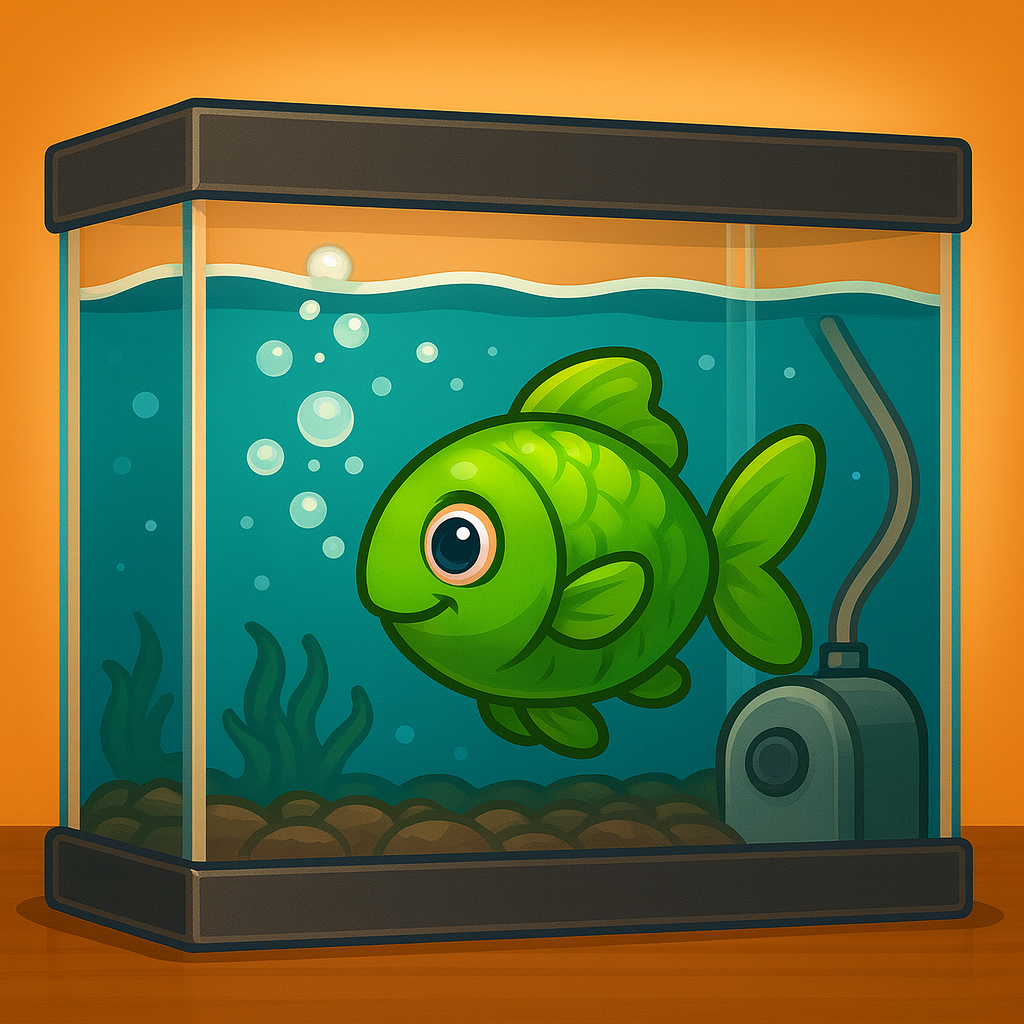Is the air pump necessary?
💨 Air Pumps in Aquariums – Why They’re Essential
🟢 Why Every Tank Needs an Air Pump
Even if your filter moves water, an air pump provides insurance:
- 🌊 Oxygenation – Bubbles create surface agitation, which allows oxygen to dissolve and carbon dioxide to escape.
- 🐟 Fish Health – Species like plecos, loaches, cichlids, rays, and large predators consume a lot of oxygen. Air pumps ensure they don’t suffocate in low-O₂ conditions.
- 🌡 Warm Water Tanks – Higher temps (80–86°F) hold less oxygen. Without an air pump, fish can suffocate overnight in warm setups.
- 🌱 Planted Aquariums – At night, plants consume oxygen instead of producing it. An air pump keeps fish safe while plants are “breathing.”
- 🚨 Power Failures – Filters stop running, heaters shut off, oxygen drops fast. A battery-operated air pump keeps fish alive until power returns.
🔋 Always Have a Battery Backup
- Standard air pumps only work with electricity.
- In a blackout, fish can start gasping at the surface within 1–2 hours (sooner in warm or heavily stocked tanks).
- A battery-operated or rechargeable air pump automatically kicks in, continuing to provide oxygen during emergencies.
👉 This is critical for all tanks — whether community, planted, cichlid, predator, or stingray setups.
🛠 Best Practice Setup
- ⚡ Every aquarium should have:
- A primary electric air pump (running daily)
- A battery-operated backup air pump (for emergencies)
- 💧 Place the air stone or sponge filter at the bottom of the tank for maximum water circulation.
- 🧼 Check air lines and stones regularly (clogs reduce performance).
- 🧯 Keep spare batteries on hand (D-cell or rechargeable, depending on pump).
✅ Summary
- All aquariums should run an air pump, not just as a luxury but as a lifeline.
- Even if your filter provides surface agitation, an air pump ensures consistent oxygenation.
- A battery-operated backup air pump is mandatory — it keeps water aerated during power outages and prevents fish loss.

Impulsada por Lightspeed
Mostrar precios en:USD